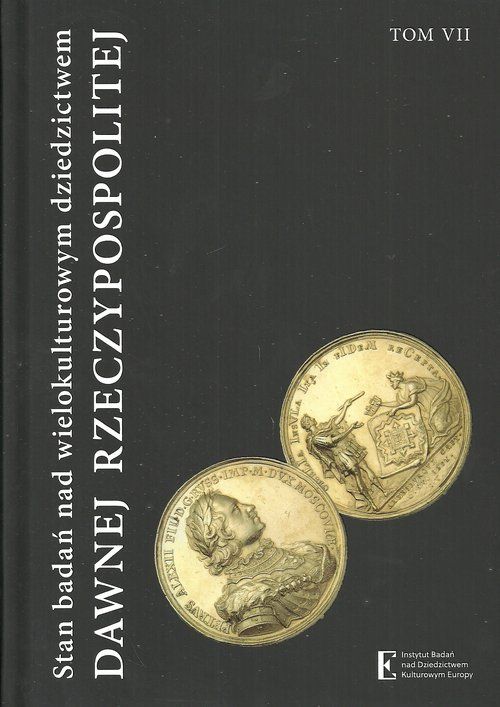Niemiecka rodzina na Podlasiu – Dziedzictwo Artura Hasbacha (1864-1940)
A German Family in Podlasie: the Heritage of Artur Hasbach (1864–1940)
Author(s): Janusz Danieluk
Subject(s): History
Published by: Instytut Badań nad Dziedzictwem Kulturowym Europy
Summary/Abstract: The Hasbachs were a bourgeois German family from the North Rhine-Westphaliaregion. Artur Hasbach’s grandfather, Johann Wilhelm Hasbach, had beena local pastor. His father Ewald, in turn, focused his career on the textile industry.Initially, he worked at a cloth factory in Aachen. It was there that he meta factory owner from Choroszcz, August Moes, who offered him a managerialposition at his plant. In 1861, Ewald married Moes’ niece, Maria Körner. Arturwas born as their second child on July 6th, 1864, in Białystok. His two youngerbrothers were Erwin (1876) and Waldemar (1878). In 1864, Ewald establishedhis own textile enterprise in Białystok. A year later, he leased the northern partof the Dojlidy manorial estate from Aleksander Kruzensztern. In 1874, Hasbachextended the lease area and established a factory complex there, includinga weaving plant, a spinning mill, and a dyeworks. After he graduated froma weaving school in Elbeuf, France, Artur, became a co-manager of the Dojlidyfactory. In 1891, he purchased some land and the leased factory buildings fromZofia Rudygier, which he used for the needs of his factory. In 1890, he marriedJenny (Eugenia) Decker. They had many children: Maria (1891), Sergiusz(1892), Aleksander (1894), Elżbieta (1896), Dorota (1897), and Włodzimierz(1898). After the death of Ewald Hasbach in 1901, Artur took over the majority(2/3) of the shares in the Dojlidy factory and became its manager. In 1915, asa result of the war, Hasbach had to evacuate the factory movables deep intoRussia. Once he returned to (already independent) Poland, he engaged in plywoodmanufacture and founded a plywood company “Fabryka Dykt. ArturHasbach”. In 1933, as a result of the world economic crisis, the factory wentbankrupt, and all the movable property was taken over by the Directorate ofthe State Forests Białystok-Dojlidy. In 1927, Hasbach’s health began to fail (hehad a leucoma), so he moved to live at a forest manor “Stanek”. After he gotcompletely blind and liquidated the company, he withdrew from professionaland social life. In 1940, Artur was carried to Berlin by his daughter Maria, andhe died there the same year.
Book: Stan badań nad wielokulturowym dziedzictwem dawnej Rzeczypospolitej
- Page Range: 467-492
- Page Count: 25
- Publication Year: 2017
- Language: Polish
- Content File-PDF

